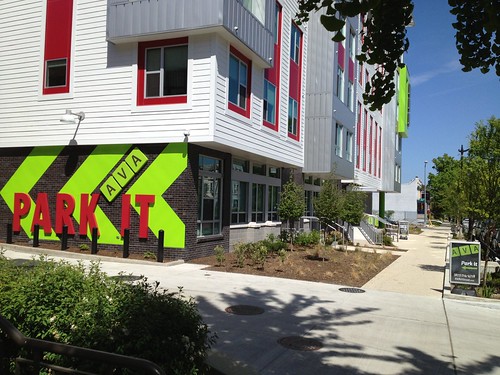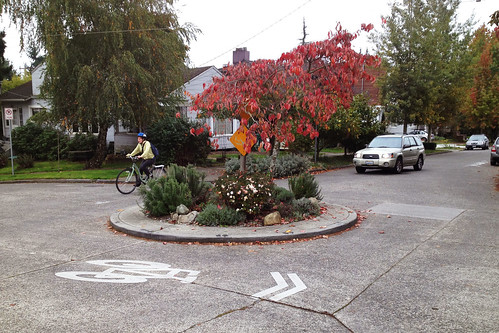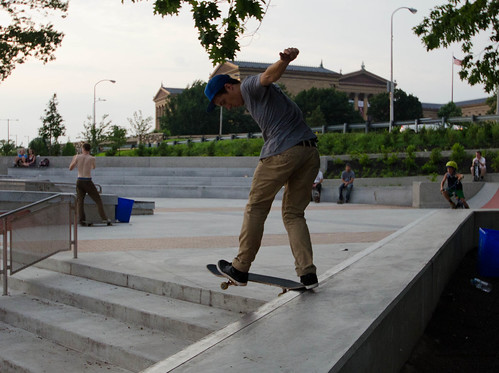 |
| Bob Fustero (right) with Robin Ficker in 2006. |
I met Bob Fustero for the first time in 2006, after a candidates' forum for county executive. I had only started
Just Up The Pike a few weeks earlier; I was 18, and I was still trying to figure out what I wanted to do and to find my "voice." I didn't know a lot about the candidates, and I assumed they were all pretty important and unapproachable.
Yet somehow, I ended up joking around with Bob and Robin Ficker, another perennial candidate, who told me
about their long history together in county politics. That's when Bob asked me about, of all things, a post I'd written about the "
emo kids" who hung out in downtown Silver Spring.
"At first, I didn't know what you were talking about," he said. "Brian Eno, the musician? Maybe these kids were followers of him? I didn't know. So I asked my niece, and she showed me one of those 'How To Become Emo' web sites. Now I'm really confused. I gotta find these emo kids."
That's what I appreciated about Bob: he was known for strong opinions, but he also didn't take himself seriously, and he was willing to talk to anyone about almost anything. It's that humility and willingness to listen that got him 20% of the vote in the 2002 Democratic primary for governor despite a budget of just $600, very few campaign appearances, and a
running-mate who was once homeless.
Bob was a frequent and prolific commenter on JUTP for several years. He reminisced about
drinking from Sligo Creek as a kid,
gave restaurant recommendations in Wheaton, and talked about the
difficulties of being poor or working class in an increasingly expensive county. We
didn't always agree, but we were friendly towards one another, and I was always glad to read what he had to say.
I admired Bob's life story and his commitment to ensuring that everyone in Montgomery County, regardless of background or wealth, had access to the same opportunities he had. It's that passion that helped me become better at understanding and reaching out to people I disagreed with, realizing that what brought us all together was a shared love of our community.
In recent years, I didn't hear from Bob as much. I'm heartbroken to hear that
he succumbed to lung disease this week, and I send my condolences to his family and loved ones. He was a good guy, and I'm sure he'll be deeply missed in our community.
As we parted that summer night in 2006, Bob told me something that has stuck with me ever since: "You're much nicer in person than you are online."
I realized how easy it was to let kindness and respect go when you're behind a keyboard. Bob inspired me to be a nicer person, even in the midst of disagreement. It can be hard, but I don't want to let him down.






